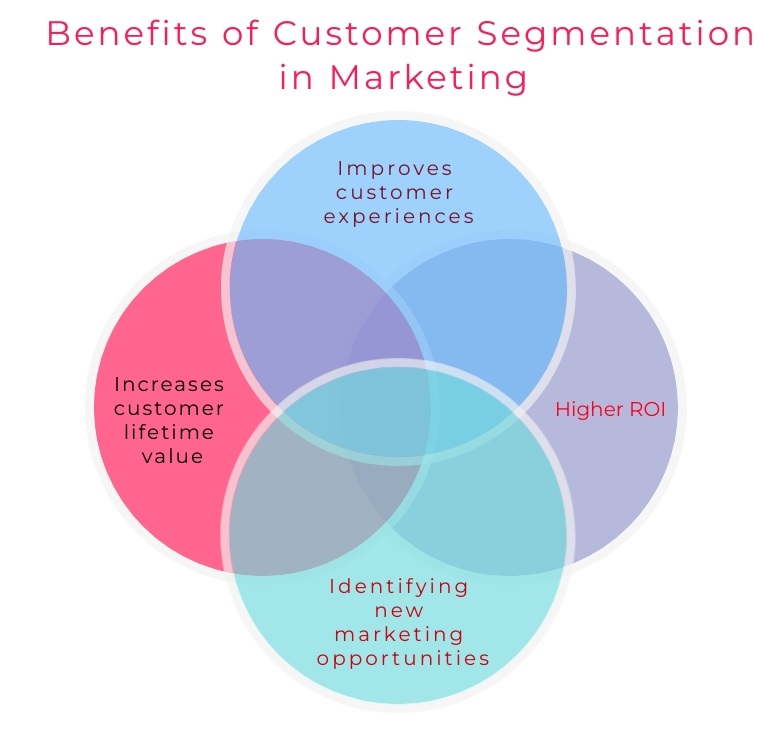Segmentation is an important marketing strategy
In the current hyper-competitive business environment, understanding customers’ changing tastes and purchasing behavior is extremely important! Companies that do not track changing consumer wants and needs have seen a decline in their fortune. KODAK is just one but a very good example to underline this point. Failure of understanding and predict consumers’ buying trends towards more technologically advanced digital cameras lead to the bankruptcy and demise of the company. Know more about an important marketing strategy of customer segmentation and analytics solutions.
Most companies today make tremendous efforts to track consumer behavior. Meticulous recording and utilization of consumer digital body language serve as the keystone of the process. The advent of the internet and mobile technologies has changed consumer behavior – They search for things on the net, educate the pros and cons of the product, compare prices and evaluate vendors for timeliness and customer service. They actively seek coupons and collect feedback from friends on social networks.
Want actionable insights that increase customer experience and conversions?
In doing so the consumer leaves a trail of breadcrumbs all over the internet. Astute businesses collect, analyze and utilize the digital body language of the customer to improve their marketing activities. There are several ways of collecting and analyzing customer data – web crawling, browser-based java scripts, server log mining, geolocation tracking in malls and stores. Most companies use a data warehouse to store the data and analyze it to find out the customer purchasing behavioral patterns. Effective utilization of this information can lead to revenue-generating promotional activities for the company.
All promotional marketing activities are expensive since the response rates are very low. You cannot send a letter or catalog to every customer in the country, as it will be cost-prohibitive. To make these promotional activities cost-effective, it is very important to segment the customers, so that the promotional plans can be directed towards selected and potentially profitable customers.
Segmentation is a process by which a large customer base is divided into small subsets of customers, having common needs and priorities. There are several conventional methods of creating segments such as Geographical segmentation, Demographic Segmentation, Behavioral segmentation, etc. However, more sophisticated ways, currently utilized in the market include various statistical techniques such as K-means clustering, hierarchical clustering, etc. An interesting and upcoming technique of segmentation is “Micro-segmentation”. It is utilized to understand individual customer behavior and to make personalized marketing offers.

When using these methods, companies should consider the ideal characteristics of the segments such as:
- The segment should be measurable and profitable.
- Stable across the time
- And every consumer in the segment should be easily reachable.
We will focus our discussion on the segmentation method commonly utilized by most b2c companies. In the retail industry, companies prominently focus on customers’ transactional behavior to create various segments. Recency, Frequency, and Monetary (RFM) are the main indicators used for creating segments of the consumers. Few marketers utilize these individual indicators and while others combine the various customer segmentation and analytics solutions techniques to implement their marketing plan.
Traditionally, more recently active customers are considered as the more important customers. Some marketers divide customers according to the recency of their purchase. e.g. customers who purchased during the last 12 months, 13-24 months, and 25+ months. Marketers use predictive modeling techniques such as linear regression, logistic regression to score their consumer base. Finally, consumers are segmented by their geography such as zip codes, households as well. These groups are then combined to make several mini segments. These resultant segments are considered potential consumers and are targeted for the promotional efforts of the company.
The performance of these customer segmentation analytics solutions and promotional strategies is measured for each segment, against the metrics such as:
- total revenue generated,
- the average revenue per customer,
- cost of the promotional activity.
This report is then utilized as feedback, to continually improve the marketing strategy. Segments evolve depending on the performance feedback, more recent trends, and various experimental testing (A/B testing).
It is worth considering those consumer segments that are not current and active buyers; they may represent potential defectors to competitors. Knowledge of their purchasing behavior and transactional data can be very helpful to target and attract them through selective marketing strategies.
Hence, marketing strategies conducted by utilizing selective customer segmentation analytics solutions can serve as a win-win situation for both, the company as well as a consumer; as a company can promote the right offer to the right consumer at the right time and consumer may eventually respond to the offer by making a purchase, while not getting bombarded with junk mail.
Build sentiment analysis models with Oyster
Whatever be your business, you can leverage Express Analytics’ customer data platform Oyster to analyze your customer feedback. To know how to take that first step in the process, press on the tab below.
Liked This Article?
Gain more insights, case studies, information on our product, customer data platform


No comments yet.